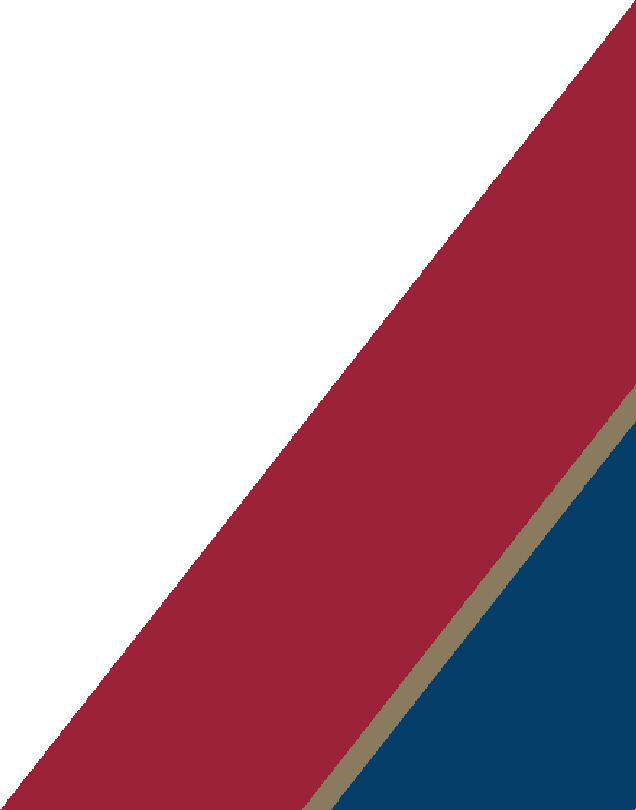CAL understands the interests and concerns of educational and nonprofit institutions. We know the areas of common exposure such as workers’ compensation and safety management. We also understand that funds saved on insurance are funds that can be redirected into mission-based activities, which is why we work to bring schools and 501(c)(3) nonprofit organizations the broadest coverage available at a reasonable price point. In addition, our employee benefits team can be brought in to consult on leveraging HR technologies while also meeting the important objectives you have for your employees and their families.
Workers’ compensation coverage is mandatory, and proper safety and claim management of the program is essential. As coverage benefits differ from state to state based on varying state labor laws, it is important to inform your insurance advisor before hiring in a new state. New York, in particular, has severe fines for having employees without work comp coverage in place/added to the current policy.
A properly established D&O program is imperative for both schools and nonprofits. In addition, board members may request a review of the policy before agreeing to take a seat. Each D&O policy should have three sides of protection: One side for the directors and officers not indemnified by the entity, one for the directors and officers indemnified by the entity, and one for the entity itself.
Employment Practice Liability can stand alone or be added to a D&O program. This coverage protects the entity from allegations such as wrongful termination, harassment (including sexual harassment) and discrimination. The limit should provide coverage for defense costs as well as any settlement or judgment, when allowable by the policy.
Like EPLI, Fiduciary Liability can stand alone or be added to the D&O program.This protects the fiduciary(ies) of the organization from allegations of mishandling the company’s retirement plan(s). The policy covers the legal expenses of defending against the claim as well as the financial losses the plan may have incurred due to errors, omissions or breach of fiduciary duty.
General Liability protects a school or nonprofit from allegations of bodily injury and property damage arising out of premises, operations, products and completed operations, and advertising and personal injury liability. This line of coverage will almost always be requested for lease(s) and contracts.
Any organization that provides services to youth, developmentally disabled individuals of any age, or senior citizens should consider this type of liability insurance. The intent of this coverage is to respond to allegations of sexual abuse. This should not be confused with sexual harassment, which is more appropriately insured under the EPLI policy. Unless this coverage is purchased as a separate policy, specifically providing coverage for improper sexual conduct, you will most likely not have coverage for innocent employees or volunteers.
Unlike General Liability, Educators Legal Liability (ELL) is designed to cover a broad range of non-bodily injury/non-property damage liability claims made against administrators, employees and staff members of schools and colleges. ELL is a hybrid of traditional directors and officers (D&O) and errors and omissions (E&O) coverages. Typical claims covered by ELL include failure to educate, wrongful dismissal, failure to grant tenure and negligent counseling.
Professional Liability insurance protects nonprofits in various industries from lawsuits or claims of negligence, error, or omission in the provided service that resulted in financial harm. Malpractice insurance is a type of professional liability insurance that provides coverage against claims of negligence or misconduct by physicians and other healthcare professionals, such as dentists, nurses, or physical therapists.
Cyber insurance should have coverage for both first and third party exposures. A robust program will also include cyber crime coverage. Limited cyber coverage can be embedded within a property, general or professional liability policy, which may or may not be the right solution. Your CAL advisor will know more on which platform is most appropriate.
Commercial property insurance protects your school or nonprofit’s physical assets from fire, explosions, ruptured pipes, storms, theft and vandalism. Earthquakes and floods typically aren’t covered by commercial property insurance but can be sourced through different insurance markets. The policy may also include coverage for business income/interruption as well as employee dishonesty.
Schools and nonprofit organizations often have a schedule of vehicles driven by staff and used for the transportation of students and clients. Liability does not stop at the organization’s owned vehicles, but is also a concern when employees drive their own vehicles on behalf of the school or nonprofit. Coverage to protect the vehicle in case of theft or damage is referred to as “comprehensive” and “collision” coverage, and both should be added in most cases.
The excess liability/umbrella adds higher limits of protection and is provided in million dollar units or layers. Often, contracts will require some amount of excess liability/umbrella insurance. The coverage typically exceeds the general, auto and employer liability and is a part of a workers’ compensation policy.
When staff, students or volunteers travel abroad, this coverage buttons up exposure outside the United States. Domestically, it is common for a school or nonprofit to have volunteer/participant accident coverage, which provides a limited amount of coverage for injury to a volunteer or participant (depending on the specific coverage purchased) on a no-fault basis. This is not workers’ compensation coverage. Accident insurance may apply prior to, or in excess of, an individual’s health insurance policy.

